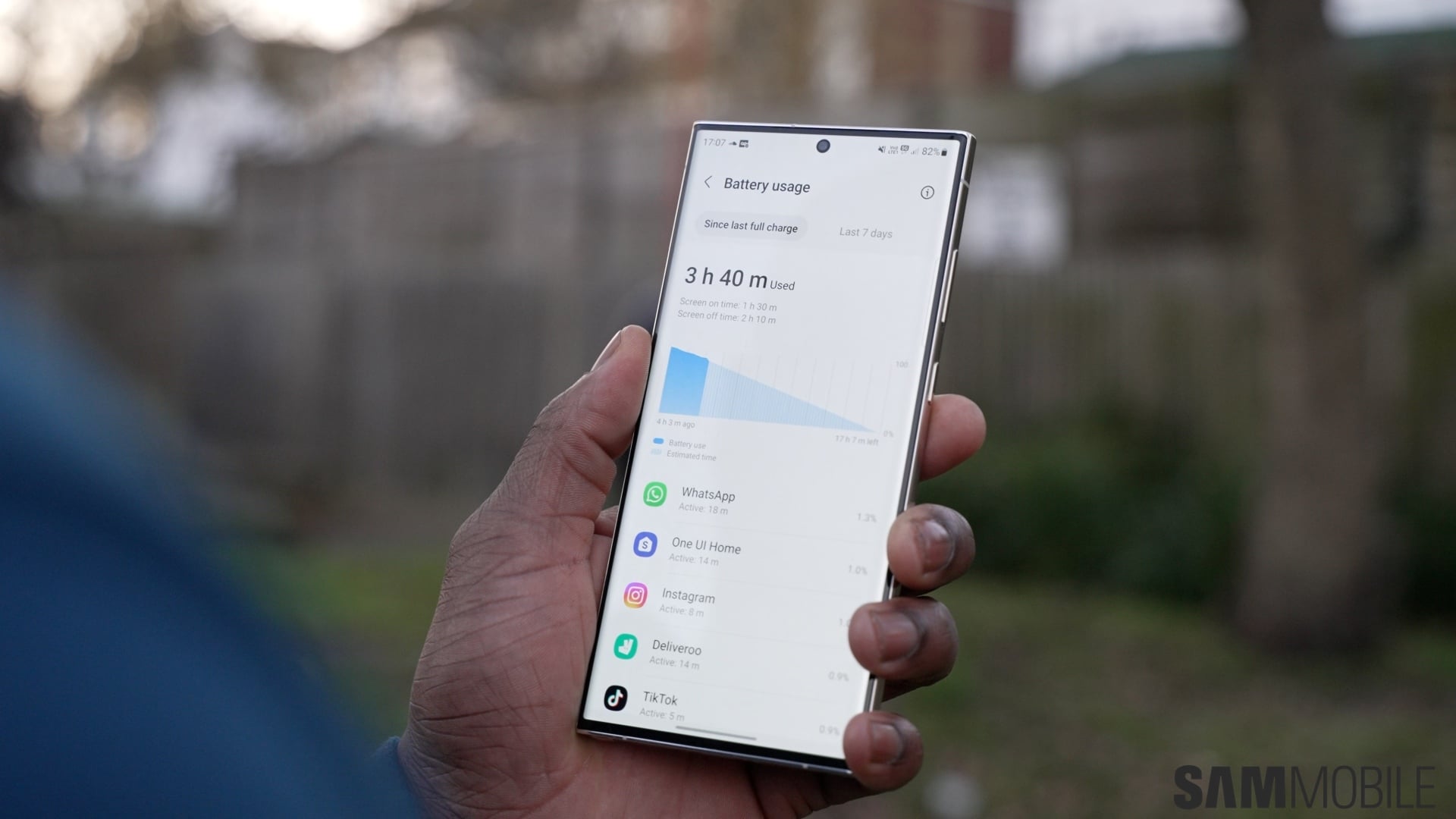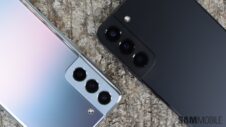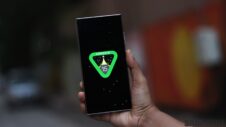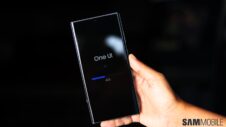Apple's Pro Max iPhone models are usually the bestsellers of every iPhone lineup, and one of the best features of those models is long-lasting battery life. Samsung's Galaxy S Ultra handsets are the direct competitors to Apple's Pro Max iPhones, and while they have plenty of amazing features, they have offered underwhelming battery life relative to their battery capacity.
That was until the Galaxy S23 Ultra made its debut earlier this year. The S23 Ultra is the first phone in Samsung's Galaxy S lineup that can comfortably last up to two days on a single charge. That's thanks to the efficiency of Qualcomm's Snapdragon 8 Gen 2 chip, and over the last few weeks, I've come to realize that the Galaxy S23 Ultra is the first Samsung phone on which I'm comfortable having Always On Display enabled at all times.
Galaxy S23 Ultra lasts long with or without Always On Display
I usually disable Always On Display on my Galaxy phones after I'm done testing them for SamMobile reviews to extract maximum battery life because, frankly, the feature uses too much power. That's true for phones with both LCD and OLED displays, even though OLED displays can turn off all the pixels that aren't in use and should technically use a very low amount of power when Always On Display is enabled.
The Galaxy S23 Ultra, however, handles Always On Display with aplomb. With my usage habits, it easily lasts more than a day with the feature turned on. It reiterates how Samsung knocked it out of the park with the Galaxy S23 Ultra. Performance and battery life on Samsung's flagship phones has never been as consistent as it is on the Galaxy S23 lineup, and the Ultra model is the best of the three.
The S23 Ultra's battery life continues to be excellent even after the Android 14/One UI 6 update, just as I had hoped. Performance is great as well – there are some frame rate dips in the UI that weren't present on Android 13/One UI 5.1, but they don't occur often enough to matter.
The Galaxy S24 Ultra will hopefully offer the same kind of endurance as its predecessor. It certainly has a higher chance of doing so compared to the Galaxy S24 and Galaxy S24+, as it's the only model in the lineup that will be exclusively powered by a Snapdragon chip (the Snapdragon 8 Gen 3). The S24 and S24+ will use the Exynos 2400 chip in a majority of markets, and it remains to be seen how that will affect battery life.







